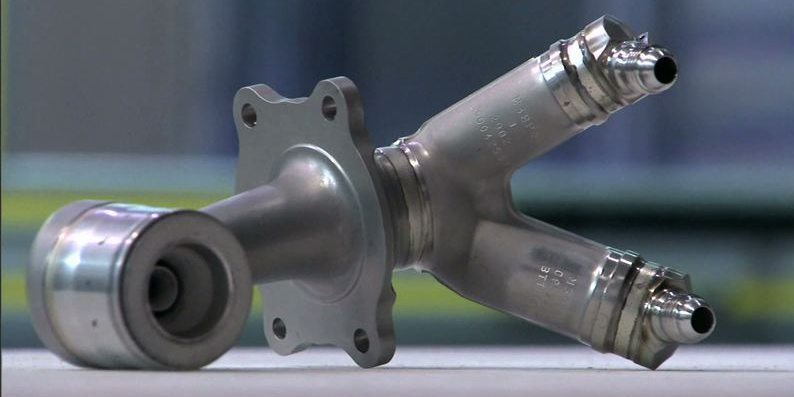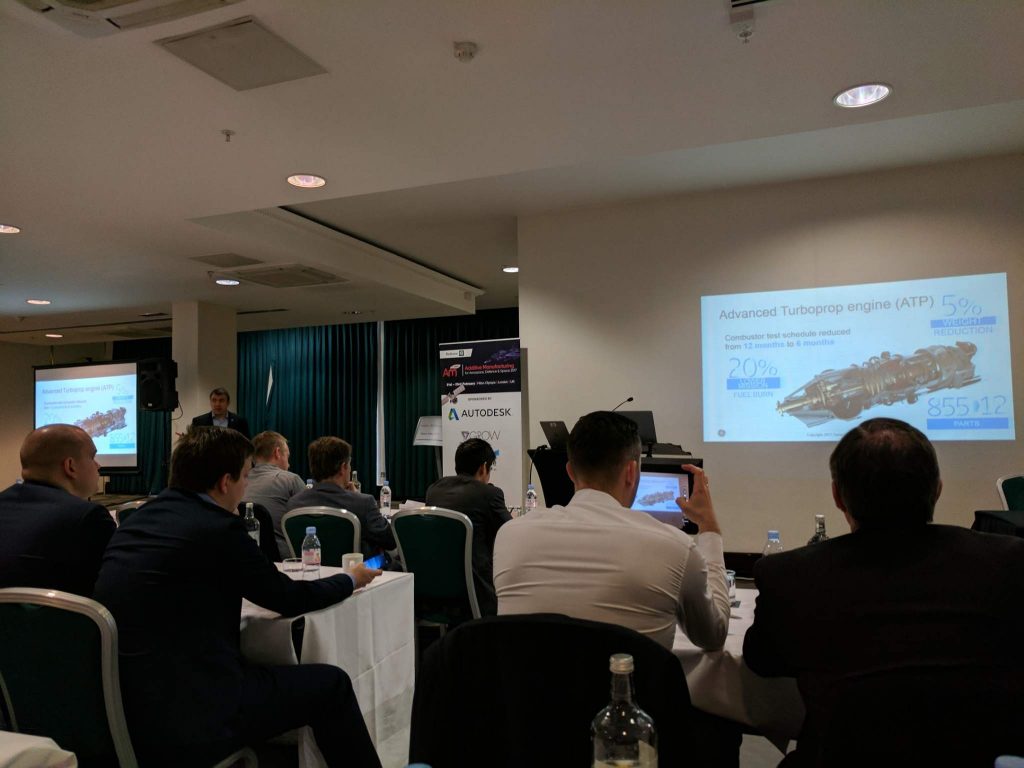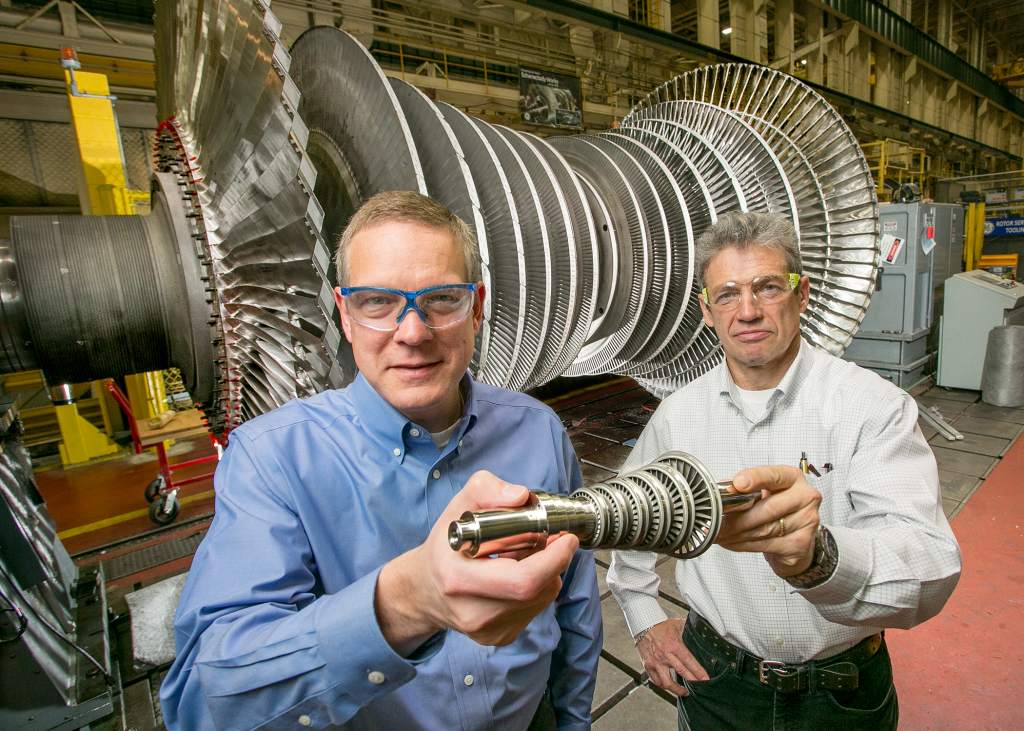During the recent Defence IQ Additive Manufacturing for Aerospace, Defence and Space (AMADS) conference in London Edward Herderick, GE Corporate Supply Chain and Operations, set out how 3D printing is central to the company’s success.
As previously reported by 3D Printing Industry, GE made headlines with their purchase of Arcam AB and Concept Laser last year, marking the largest deal in the history of 3D printing: so far.

However, GE’s journey with additive manufacturing did not begin with these acquisitions. A key message of Herderick’s presentation was that thanks to 30 years of hard work metal additive is now an industrial process.
Herderick quotes GE’s current Chief Productivity Officer and Senior Vice President, Philippe Cochet speaking many years ago about how, “the application of insights from digital connectivity with intelligent devices will elevate the skills of our workforce.”
Qualification and Certification
Speaking about a core issue around certification and qualification the point that “Every metal additive machine is a foundry,” is made by Herderick and how the additive supplier becomes the source of material properties. However, the qualification route of additive manufactured parts will be treated the same as any other critical process. Herderick says that it is “True that properties may be different, but the process by which we qualify is the same.”
This means, a lock down of processes and working through all supplier powder certifications, process qualification, material certification, vendor substantiation. “The details are different, but the route is the same,” Herderick says.
To ensure that 3D printed parts destined for critical roles are up to the job a number of techniques are used. These in In situ monitoring such as Concept Laser’s QM meltpool monitoring, GEIT X-ray CT on all LEAP nozzles and other techniques for non-destructive testing (NDT).
The value of additive manufacturing
According to Herderick there are 3 levels of thinking about additive manufacturing at an industrial level. Level 1 is component thinking, level 2 is systems thinking and level 3 involves tearing down the product and designing for additive manufacturing (DfAM).
The well known CFM LEAP-1A Fuel Nozzle is classed as level 1 additive thinking. In this case additive manufacturing was applied to an existing multi piece part, reducing the number of components from 20 to a single piece. One particularly costly process that was eliminated by the move to 3D printing was that a nickel alloy brazed together with foils using gold, in traditional nozzle method is no longer required.
With the LEAP-1A in service on Turkish Airways and the 737 MAX entering service in 2017 “this is not some pie in the sky project,” says Herderick.
Business Units using AM at GE include Aviation, Power – land based gas turbines (cooling channels and combusters in jet engines), transportation (using indirect AM to make castings and Healthcare.
Level 2 systems thinking is evident in the CT7 Combustor. This was an 18 month project on an engine that powers fixed wing craft and helicopters. On the combustor the fuel nozzles plug into top and by using 3D printing over 100 pieces were consolidated into one. The redesigned systems, give “significantly cooler metal temperature.” A figure that GE give as 40% cooler.
3D Printing: the state of the art
Today GE are at level 3, or DfAM. One case study is the Advanced Turboprop engine (ATP). In this application of additive manufacturing 855 parts were reduced to 12 and the new process eliminated all structural castings, although some casting is still required. The ATP has 20% lower mission fuel burn, a 5% weight reduction and the test schedule reduced from 12 to 6 months.
“This is totally disruptive and why we’re so excited,” says Herderick regarding a project still at the research stage: a 3D printed mini turbine for desalination.
The future of additive manufacturing
Concluding his presentation Herderick gives a few pointers on where additive manufacturing is headed, and what is needed to get there. He says we need bigger faster machines and to connect inventors to machine designs. One of the key enablers will be software and with this the ability to reimagine existing designs, “what was previously inconceivable needs to be invented.”
Finishing the presentation Herderick highlights the freedom that additive manufacturing gives to an enterprise seeking to push the boundaries of what is possible and says, “now the designers are driving things again.”
For all the latest insight and detailed reporting on additive manufacturing, sign up to our newsletter and follow us on social media.
Featured image shows GE posters at Formnext 2016. Photo by Michael Petch.






